Quarterly Investment Update – 4th Quarter 2010
QUARTERLY INVESTMENT UPDATE
4 TH
QUARTER 2010
January 12, 2011
Dear Friends and Clients,
As we say goodbye to 2010, let’s take a moment to count our blessings again. For the year ended December 31, 2010, the benchmark U.S. stock index, the Standard & Poor’s 500, was up 12.78%, the Dow Jones Industrial Average gained 11% and the Nasdaq Composite index climbed 16.9%. Yet for much of 2010, it did not feel like a winning year. The second half of the year was responsible for nearly all of the 2010 stock gains. In this quarter’s issue, let’s take a calm and reasoned look at a quick snapshot of 2010 as well as what the New Year may bring. Going into 2010, investors had reason to be skeptical. Stinging losses from the financial crisis were still fresh. Furthermore, after 2009’s 23.5% gain for the Standard & Poor’s 500, the lion’s share of gains appeared to be over to the many investors. In the spring, markets fell as the European debt crisis flared out of Greece, chatter about Chinese monetary tightening grew, and U.S. economic data came in weak.
Businesses have trimmed their costs to fit the new world we are living in, and households have whittled down debt to much more manageable levels. Ultra-low interest rates have given the financial system breathing room to earn back its losses. Now, if Washington can curb its spending habits and enact other confidence-boosting measures to the financial system, we may even have a genuine recovery.
Despite some obvious problems, the global economy and financial markets appear to be in better shape today than they were a year ago. Is it possible that the financial markets are “back to normalcy”? Shunning the extremes of 2008 (down) and 2009 (up), financial markets appear to be tiptoeing back toward the elusive middle. For 2010, U.S. stocks performed just a few points better than their long-term average. Treasury-Bond yields fell sharply from April to October, but then ticked back up to finish near their midpoint for the year.
The Republican majority that took over the House last week plans an ambitious drive to slash government spending in the next few months, including a sweeping package of “recissions” of previously approved spending. They also plan to push for repeal of Obama’s health-care law and curb new rules for Wall Street and the banking industry.
Frankly, we do not expect any radical changes from our political leaders in 2011. What’s more, we should all recognize that some serious risks will carry over from the old year into the new-such as the threat of a debt default by financially strapped European governments. Nonetheless, the weight of the evidence favors the bulls in the New Year – more of the same: generally positive returns for most asset classes, with “normal” volatility (spurts and pullbacks, but, hopefully, no crashes). Thus, for 2011, we continue to maintain a two – pronged strategy: As long as there is a reasonable prospect for double-digit returns, we will continue to maintain a substantial exposure to common stocks (and mutual funds). But we will also take profits more frequently so that we could gradually increase our weighting in the fixed income portion of our portfolios.
As far as the equity portion of our portfolios, we have not added any new positions during the quarter. However, we have sold some of the cyclical companies such as Dow Chemical, Home Depot and Wal-Mart. All are very good companies and may have further appreciation potential in the year ahead but we felt the additional cash could be used for better opportunities.
In the fixed income area, the steep sell-off in the bond market over the past three months has created some fine opportunities for us to build up our positions in corporate and municipal bonds. During the quarter, the benchmark 10-year Treasury yield shot up from a low of 2.4% on October 8 to a high of 3.56% on December 15.
While we are aware of the budgetary challenges facing America’s state and local governments, we believe that, in the great majority of cases, the extraordinary high yields now available on municipal bonds more than compensate for any ascertainable default risk. The build America bonds (taxable munis), purchased through the exchange-traded Power Shares, Build America Bond Portfolio (BAB), which currently yield 5.9%, are back in our portfolios again. For taxable accounts, we have been purchasing some of the traditional tax-exempt municipals through the Nuveen Quality Income Municipal Fund (NQU), which is paying 6.8%, the equivalent, for a taxpayer in the top bracket, of a taxable bond yielding 10.5%.
We want to thank all of you for giving our firm the opportunity to serve you. We thank you very much for the trust and confidence you have placed in our firm as it is always appreciated. Please contact me should you have any questions or comments. Also, we want to invite you to visit our website at www.farmandcpa.com for a quick Retirement Calculator, our latest firm news, and Market Commentary archives.

